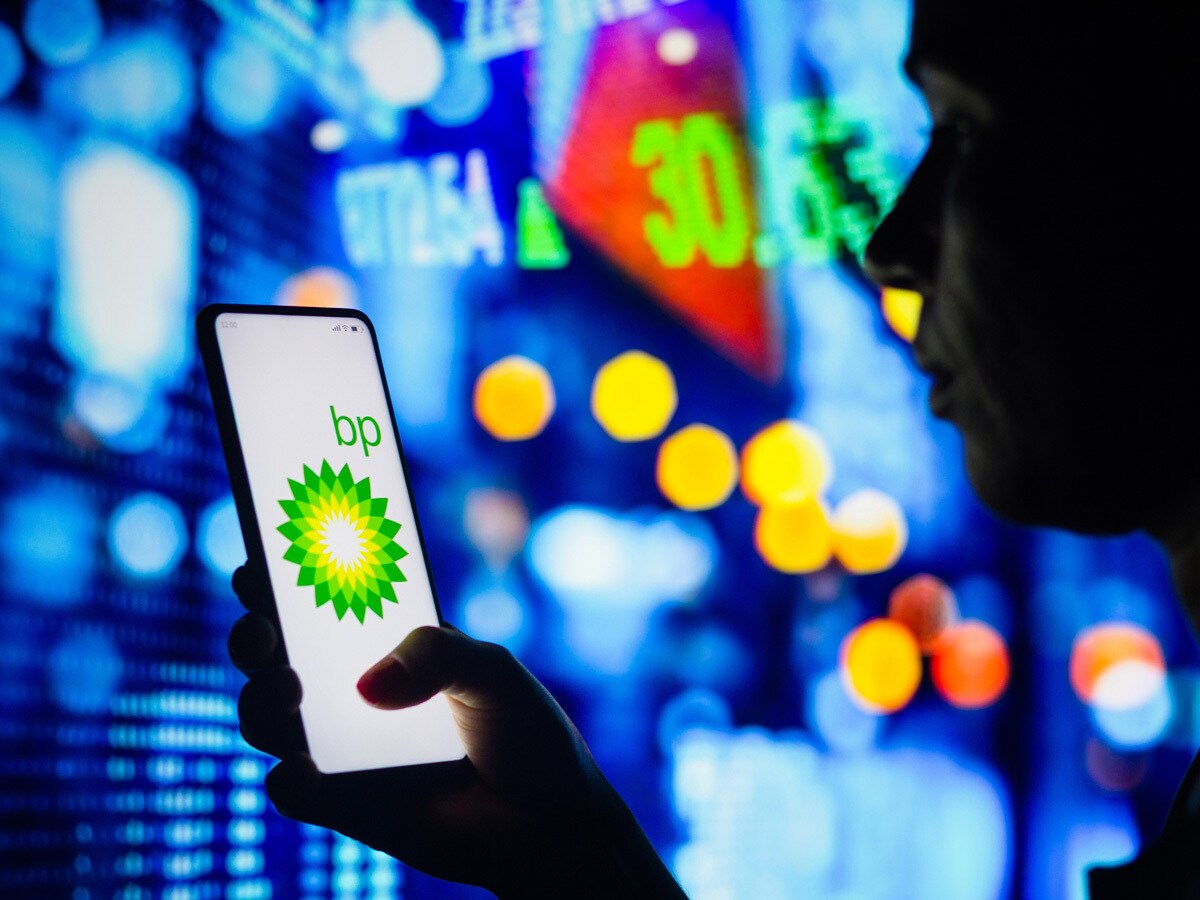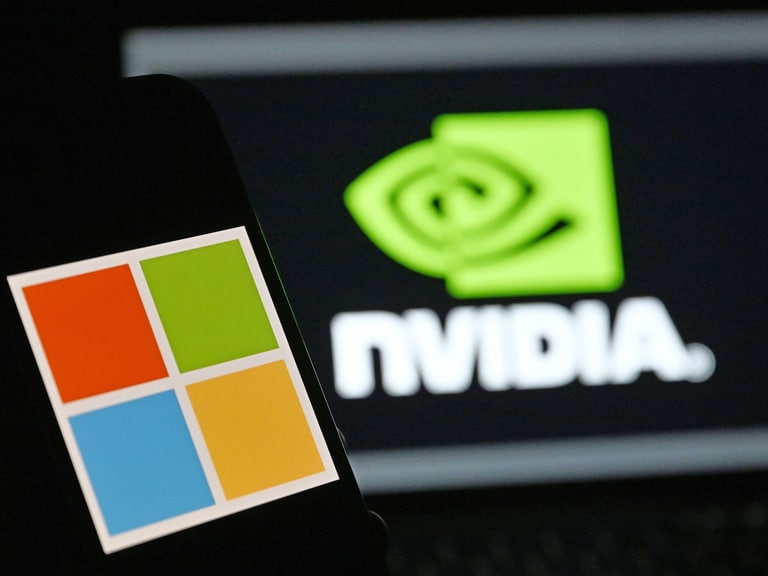Despite announcing monster profits for 2021, BP’s share price is languishing compared with the wider industry. As it reports its next set of financial results in May, investors will want to know how much money it’s going to lose by shedding its Russian assets and what it’s doing to transition away from fossil fuels.
As the date approaches for energy giant BP’s [BP.L] first quarter earnings on 3 May, its share price has been on a steady climb. However, the overhang from the impact of its Russia exit is curtailing euphoria for bumper profits.
Its first quarter earnings, analysts expect the company to report earnings per share of $1.37 and sales of $55.9bn, according to CNN Money, representing year-over-year growth of 11.3% and 6.9%, respectively.
On 21 April, it closed at 403.15, up 23.2% year-to-date. But this price is still far below 2019 levels, as BP and other oil and gas firms struggle to deal with unanticipated blows such as the Covid-19 pandemic and the war in Ukraine along with the wider existential crisis permeating through the oil and gas industry, which is figuring out what its net-zero future looks like.
In October 2020, the firm’s share price fell to a “multi-decade” low as it became “all but uninvestible”, MoneyWeek reported this week. Meanwhile, its 9.1% share price growth over the past six months through 20 April continues to underperform the wider energy industry, which has risen 30.5%. The question is, is this a cheap buying opportunity, or cause for caution?
How did BP perform in Q4 2021?
In February, BP reported a stellar set of results, with full-year net profit coming in at $12.8bn, a massive upswing compared to 2020’s $5.7bn loss. For the quarter, profit was expected by analysts to come in at $3.9bn but actually hit $4.1bn.
When announcing the results, boss Bernard Looney described BP as a “cash machine”, referencing the rising oil prices that have been working in the company’s favour. At the end of 2021, international oil prices reached a seven-year high, and futures prices suggest that Brent crude will continue to be priced at over $100 a barrel until at least the end of this year.
At its announcement in February, BP also promised to repurchase another $1.5bn worth of shares, following in the footsteps of Shell [SHEL], Chevron [CVX] and Exxon Mobil [XOM], which have all made similar commitments to pay out to investors.
In total, BP says it has “capacity for around $4bn per annum of share buybacks.”
What can we expect for the BP share price?
When BP announces its results in May, investors will be listening out for clues about its near and long-term future.
On 27 February, BP announced that it would sell its 19.75% stake in Russian oil company Rosneft [ROSN], which is thought to be worth $14bn. This could have a huge impact on BP’s bottom line — Rosneft accounted for a fifth of BP’s profits in 2021. The sale has not happened yet, and BP is reportedly approaching firms in Asia and the Middle East in a bid to find a buyer.
Competitor Shell says it faces $4–5bn worth of writedowns when it completes its exit from Russia.
There are also questions over the long-term future of oil and gas firms, as the world’s economies shift away from fossil fuels. Critics say that BP’s current emissions reduction strategy is lacking, with oil and gas products still expected to account for 91% of its sales by 2030, according to Global Climate Insights.
However, analysts at Barclays are confident that the firm can make the transition. “We calculate that c.20–25% of pre-energy transition free cash flow will be allotted over the next five years to build low-carbon businesses that are unlikely to scale in any significant way before 2030,” said the bank’s analysts. “BP, Shell and Total [TTE] are the three companies that we see as executing this strategy on a global scale.”
Analysts seem to have a mixed view of the stock. This week, JPMorgan raised its price target on BP from 480p to 500p, while in March, Deutsche Bank lowered its target from 455p to 450p.
According to MarketBeat, BP has a consensus ‘buy’ recommendation from analysts, with six holding this rating, while two rate it a ‘hold’. The consensus price target for the stock is 469.38p, representing a potential 16.4% upside on 21 April’s closing price.
Disclaimer Past performance is not a reliable indicator of future results.
CMC Markets is an execution-only service provider. The material (whether or not it states any opinions) is for general information purposes only, and does not take into account your personal circumstances or objectives. Nothing in this material is (or should be considered to be) financial, investment or other advice on which reliance should be placed. No opinion given in the material constitutes a recommendation by CMC Markets or the author that any particular investment, security, transaction or investment strategy is suitable for any specific person.
The material has not been prepared in accordance with legal requirements designed to promote the independence of investment research. Although we are not specifically prevented from dealing before providing this material, we do not seek to take advantage of the material prior to its dissemination.
CMC Markets does not endorse or offer opinion on the trading strategies used by the author. Their trading strategies do not guarantee any return and CMC Markets shall not be held responsible for any loss that you may incur, either directly or indirectly, arising from any investment based on any information contained herein.
*Tax treatment depends on individual circumstances and can change or may differ in a jurisdiction other than the UK.
Continue reading for FREE
- Includes free newsletter updates, unsubscribe anytime. Privacy policy





